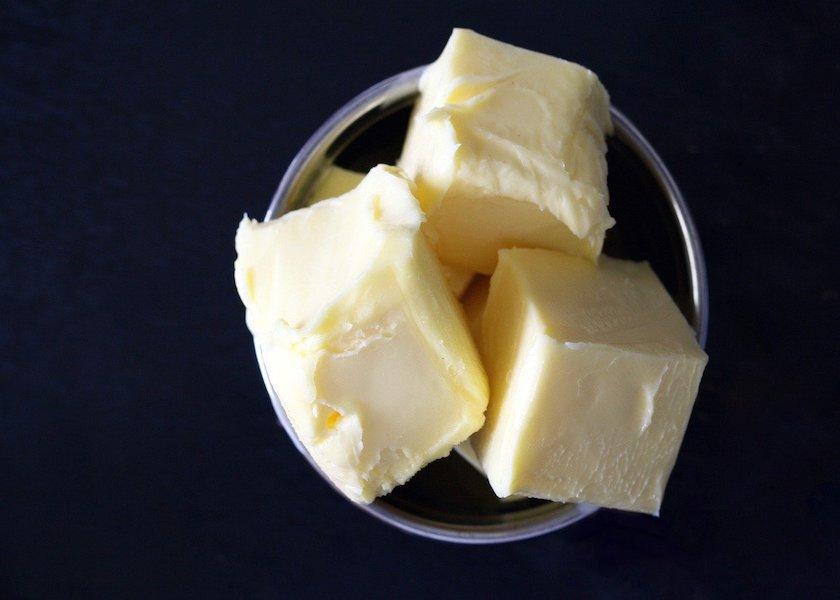Butter Makers Struggle to Keep Pace with Demand

U.S. butter prices hit a four-year high the last week of December and have continued to climb. CME spot butter prices are up 73 cents since December 1, closing January 5 at $2.71/lb. Betty Berning, analsyst with the Daily Dairy Report notes that several factors have combined to push spot butter prices to levels not seen since 2017.
“Contributing factors to this run-up in prices include tightening milk supplies, increased milk demand from other processors, especially cheesemakers, strong butter exports and domestic holiday demand, and ongoing supply chain congestion,” Berning said.
U.S. milk production began to decline in November 2021 on a year-over-year basis as cow numbers also dropped. Two regions, the Southwest and Pacific Northwest, where butter production is heavy also reported declining milk output.
“As milk production falls, churns often lose out because fewer spot loads are available, and those that are carry a premium,” Berning said. “November 2021 butter stocks also dwindled, indicating that butter moved out of storage when manufacturers couldn’t make enough butter to keep up with demand.”
Throughout December, Dairy Market News reported that labor shortages were also a problem for butter makers, which were running below capacity. In addition, the ongoing truck driver shortage caused shipments of cream to be delayed, particularly loads of extra cream that tpically move eastward from the West Coast. Lack of staff also contributed to a cream cheese shortage during the holiday baking and entertaining season.
“Strong Class II demand for high-fat holiday treats, such as ice cream, eggnog, and whipping cream, also pulled milk away from butter production,” Berning noted. “At the same time supply was tightening, butter demand was strong.”
According to the most recent trade data from USDA, November butter exports of more than 7.3 million pounds were up nearly 143% from November 2020 and up 125% year to date through November. However, the United States also imported nearly 9.5 million pounds of butter in November. Exports likely remained strong through the end of the year; DMN reported that butter manufacturers cited strong exports in December. Domestically, November and December tend to be strong months for butter use due to the holiday season, and andecotal reports suggest seasonal demand this year was typical, Berning noted.
“Tightening cream and butter supplies along with unfaltering demand have already caused prices to jump precipitously and should continue to support prices moving forward,” Berning said.







